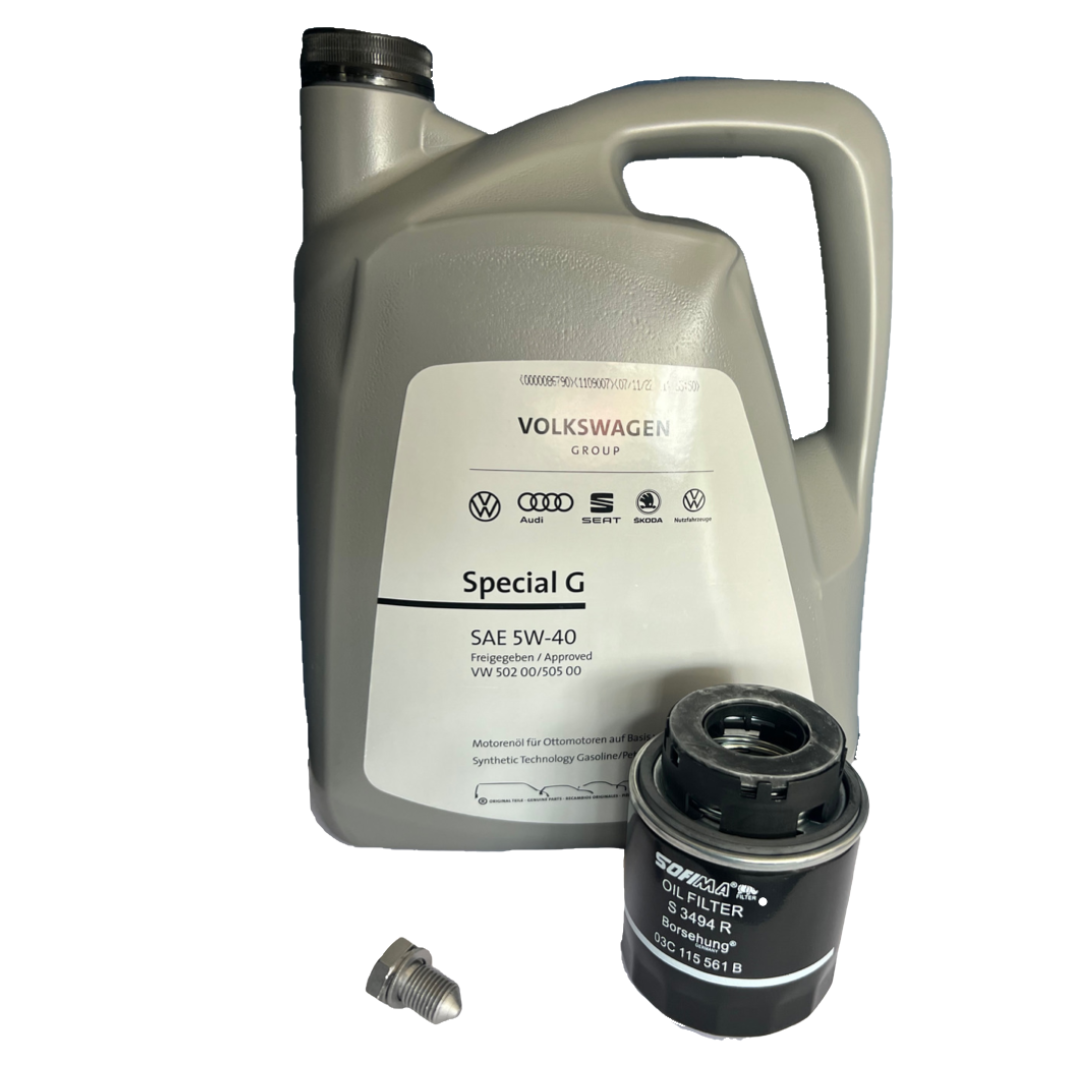Discover a high-efficiency clp engine for your equipment.
Discover a high-efficiency clp engine for your equipment.
Blog Article
Exactly How a Clp Engine Can Improve Performance in Numerous Industries
The development of CLP engines notes a substantial shift in operational effectiveness throughout numerous fields, driven by their capacity to maximize fuel consumption and lessen downtime. As companies increasingly prioritize sustainability together with performance, the duty of CLP engines becomes even much more essential.
Review of CLP Engines
CLP engines, or Continual Fluid Propellant engines, represent a considerable innovation in propulsion modern technology, especially for area applications. These engines utilize a continuous feed system that enables the continual expulsion of propellant, causing improved efficiency and performance contrasted to typical strong or hybrid propulsion systems. By keeping a continuous flow of fluid propellant, CLP engines can accomplish much more specific drive control, which is important for maneuvering spacecraft in numerous objective scenarios.
The layout of CLP engines integrates innovative materials and cutting-edge gas management systems. clp engine. This causes minimized weight and increased integrity, vital factors for long-duration room missions. Moreover, the constant operation lessens the risk of burning instability, a typical difficulty in standard rocket engines.

Advantages in Production
The manufacturing of Continual Fluid Propellant (CLP) engines offers numerous significant benefits that improve both effectiveness and cost-effectiveness. One of the primary advantages is the structured production process, which lowers the complexity associated with traditional propulsion systems. By making use of fluid propellant, makers can accomplish greater precision in engine performance, resulting in optimized power result and minimized waste.
Additionally, CLP engines facilitate a greater degree of modularity, permitting simpler integration right into different manufacturing lines. This flexibility can dramatically reduce lead times and boost general operational versatility. The use of CLP innovation likewise tends to lessen the need for comprehensive upkeep because of less moving parts, which converts right into decreased downtime and functional expenses.

Applications in Logistics
Leveraging Continuous Liquid Propellant (CLP) engines in logistics offers significant advantages in operational efficiency and reliability. These engines offer a robust service for different transportation needs, more allowing the seamless movement of goods throughout substantial ranges. The inherent design of CLP engines enables constant power outcome, which converts into smoother and a lot more foreseeable transport schedules.
Among the crucial applications of CLP engines in logistics remains in sturdy products transportation, where they can drive both ground and airborne lorries. Their capability to preserve navigate to this website high performance under differing load conditions ensures that distribution timelines are fulfilled, consequently improving customer satisfaction. In addition, CLP engines can be incorporated into automated logistics systems, facilitating real-time monitoring and enhancing route preparation.
Furthermore, the longevity of CLP engines minimizes maintenance downtime, permitting logistics business to optimize their functional capabilities. This is particularly beneficial in warehousing procedures, where efficiency in taking care of and delivering goods is critical. As logistics remains to evolve, the assimilation of CLP engines represents a forward-thinking strategy that not just improves efficiency but additionally supports the sector's growing demands for reliability and speed.
Influence On Energy Effectiveness
Exactly How do Continual Liquid Propellant (CLP) engines improve power effectiveness in transport? CLP engines utilize a constant circulation of liquid fuel, maximizing burning processes and keeping a steady drive output. This style decreases energy losses connected with typical combustion engines, where fuel shipment can differ and lead to ineffectiveness.
The continual procedure of CLP engines enables a much more effective thermal cycle, causing higher particular impulse contrasted to conventional engines. clp engine. This equates to minimized gas intake for the same amount of work done, substantially decreasing functional costs across numerous transport fields, including aviation and maritime industries
Furthermore, the capability of CLP engines to preserve ideal efficiency under differing tons conditions reduces the need for frequent acceleration and deceleration, even more improving fuel efficiency. Improved energy efficiency not just adds to set you back financial savings yet additionally brings about decrease greenhouse gas exhausts, lining up with worldwide sustainability goals.
Future Trends and Innovations
Emerging advancements in Constant Fluid Propellant (CLP) engine innovation guarantee to transform the landscape of transportation performance and sustainability. As sectors pivot towards greener options, CLP engines stand at the forefront, integrating innovative materials and design methodologies that enhance performance while lessening ecological impact.
One of the most encouraging fads is the adoption of hybrid systems that incorporate CLP engines my link with renewable resource sources. This harmony can enhance fuel intake and decrease emissions, lining up with global sustainability objectives. In addition, innovations in computational fluid characteristics (CFD) are promoting the style of more aerodynamically reliable engines, resulting in reduced drag and improved fuel performance.
Moreover, the development of wise monitoring systems is readied to enhance operational efficiencies. These systems take advantage of information analytics and IoT technology to maximize engine performance in real-time, making sure that the engines run within their most effective parameters.
As research study proceeds to explore alternate propellant formulations-- such as biofuels and synthetic gas-- the future of CLP engines looks encouraging. By utilizing these advancements, industries can not only enhance their performance but likewise add significantly to a cleaner, much more lasting future in transport.
Conclusion
In verdict, CLP engines stand for a substantial innovation in performance throughout numerous markets. The combination of sophisticated materials and fewer relocating parts reduces maintenance needs, while placement with sustainability objectives settings CLP engines as a critical innovation for the future.
Report this page